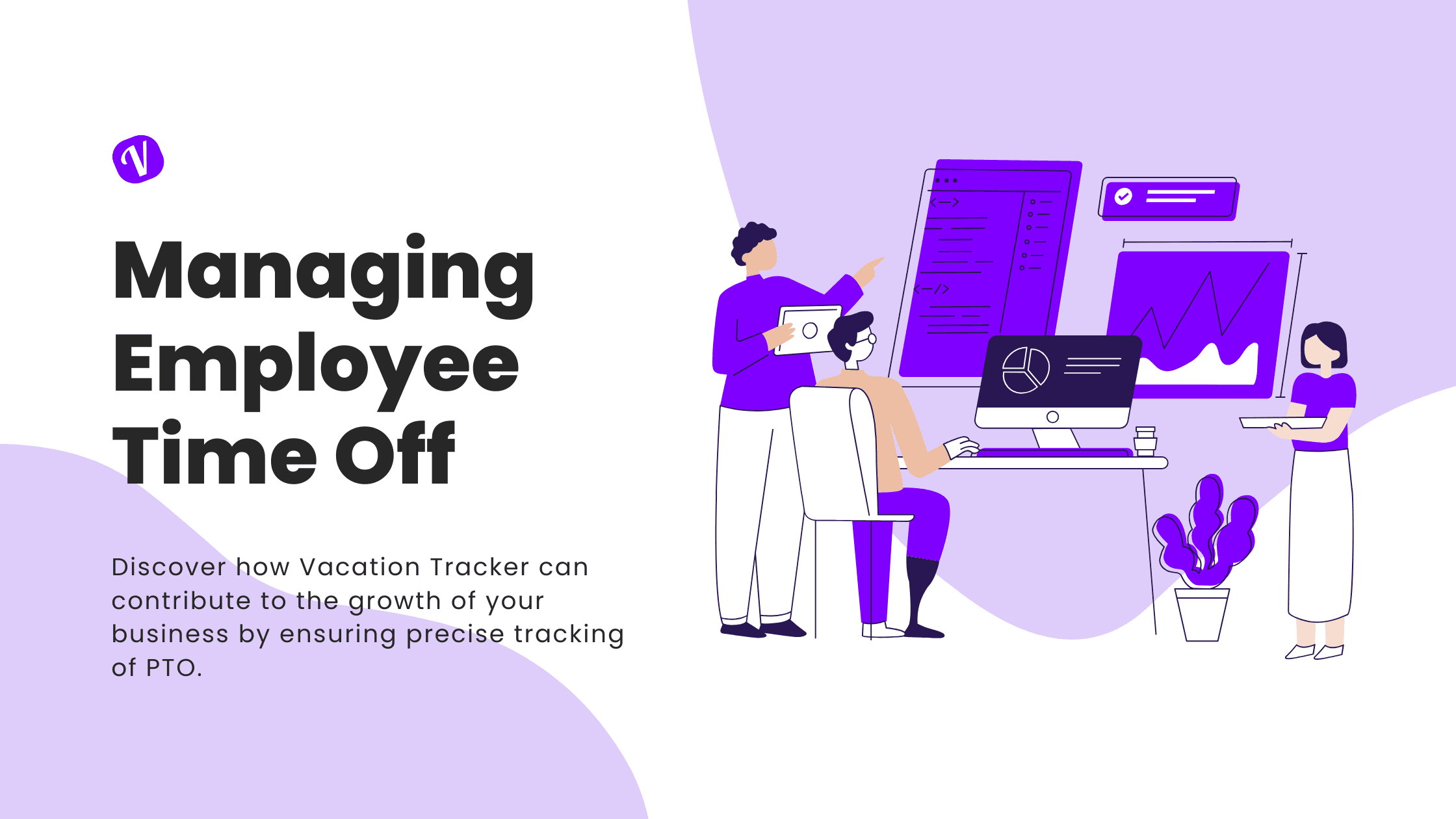Vacation & PTO: Legal Requirements In Canada
Reading Time: 4 minutes
Table Of Contents
Do you sometimes feel like life played a cruel game with us? When we were kids, all we wanted was to become grownups. Besides presents, every birthday was celebrated like one more year closer to the day someone will take us more seriously. The day when we could say “no” to broccoli for dinner, a day when we could eat as much chocolate as we wanted to, a day when we could have endless sleepovers with our friends…
As we grew older, our desire to become grownups wasn’t lacking. Even in high school, we would gladly trade our summer days without school for a longer curfew without our parent’s supervision. And at University, we dreamt about the days we would trade our books and long and boring lectures for the big paycheck at the most awesome company we all have imagined we would work for.
Little did we know that grown-up life has a sour taste. We do have independence and a paycheck waiting for us at the end of the month. However, our leisure days seem to be shorter, and waiting for them to come became the next promised paradise of adulthood.
But, what does it look like to take a vacation in Canada?
If you’ve found your dream job in Canada, you must be wondering when you’ll be allowed to take some time off from work. And, what’s more important – how many paid days off do you have?
And even though we think Canada is a great country, we’re sorry to tell you it’s among the countries that have the least amount of paid vacation days and annual leave in a year. It’s time to learn the truth about taking a vacation in Canada.
By its law, the employee is entitled to two weeks of paid vacation during the year. But that’s not all! An employee can use their vacation only after one year of employment anniversary. People for whom we might say they’re married to their jobs won’t definitely fail to forget this anniversary, right?
Seems like Canada loves monogamy when it comes to employment and even rewards the most faithful ones.
If you stick long enough (and when we say long we think more than six years) at your job, you’ll get an additional week on top of those two you had already.
What’s ‘a year of employment’ and why you should be careful how you define it?
Being employed in Canada might sound like the beginning of every relationship. First, you’re into someone and then, if the feeling is mutual, you go on a date. After the third date, things can become pretty confusing. Are you a “thing”, are you boyfriend and girlfriend, or something else? We all know how complicated things can become when you’re still figuring out your way in a dating pool. And like in relationships, there shouldn’t be an elephant in the room at work too.
What is the ‘year of employment?
The “year of employment” is the period beginning on the date an employee is hired, or on any anniversary of that date, and ending 12 consecutive months later. It may also be a calendar year or other period of 12 consecutive months as determined by the employer, in accordance with the Regulations relating to an industrial establishment.
Year of employment is important because only after you complete one, you’re entitled to a vacation. That’s why is so important to define it, and the best way to do it is to count it as 12 months from your starting date at a new job.
Year of employment is important because your vacation pay will be calculated based on the wage you had during these first 12 months. We usually calculate it as 4 percent of earnings in the entitlement year. This counts for employees who are entitled to 2 weeks of paid leave. However, where the entitlement is 3 weeks, the vacation pay is 6 percent of earnings.
But, what happens when you resign and you didn’t have the chance to use your vacation days?
If you worry about losing your vacation days if you change your job – don’t. An employer has to pay out any vacation pay he’s owing to you for any prior completed “year of employment”. In addition, the employee is entitled to vacation pay for the partially completed current year.
If the leave is with pay, the employment status does not change and all benefits accumulate as if the employee was at work. The employee earns vacation pay and time during the leave period.
Does leave of absence has any impact on annual vacation entitlements?
First, you need to see if the leave of absence was paid or not.
If the answer is yes, we can tell you with certainty that your employment status won’t change and you’ll accumulate all benefits as if you were at work. You will earn vacation pay and time during the leave period.
However, if your leave of absence is left unpaid, your employee’s seniority continues to accumulate. The leave won’t have an impact on the date on which you’ll become eligible for an increase to 6% of wages and three weeks of vacation. However, since you didn’t earn any money for the time of your absence, your payment will be calculated only on the wages earned during the year of employment. Vacation time does not accumulate during a period of unpaid leave, it is granted proportionally based on the period worked in the year of employment.
Why is so important to take a vacation?
Everybody needs some time off from work! If you want to stay motivated, energized, and productive throughout the year, you have to make sure you take a regular vacation. However, if you work in a hectic workplace sometimes it might feel as if you just cannot take time off because work will suffer.
We know a solution to this problem. Good organizational skills and vacation tracking software! And just because we know how time-consuming they might be, we decided to make an easy-to-use integration for Slack, Google Workspace, and Microsoft Teams that makes tracking vacations seamlessly easy. What’s better, you don’t even have to pay a dime during the first 7 days free trial period. You’ve learned about the legal requirements for a vacation in Canada, now it’s time to discover the possibilities of a vacation tracker. Try it now!

Ana Mladenovic
A cat enthusiast and a cupcake maniac, Ana is a freelance Content Writer passionate about HR, productivity, and team management topics. When she’s not at her keyboard, you can find Ana in the kitchen, trying to make delicious cookies.



